On June 20, 1863, West Virginia joined the Union as the 35th state.
A group of native Americans known as the Mound Builders were the earliest-known inhabitants of West Virginia. They constructed huge earth burial mounds, many of which still exist today. Later, the Cherokee, Iroquois, and Shawnee tribes arrived in the region. These Woodlands Indians lived in the West Virginia area during the summer, and then moved back into the northeast as winter approached. Many of the native Americans in West Virginia were killed during tribal conflicts and through epidemics of smallpox. When Europeans arrived in the region, they found it sparsely populated.
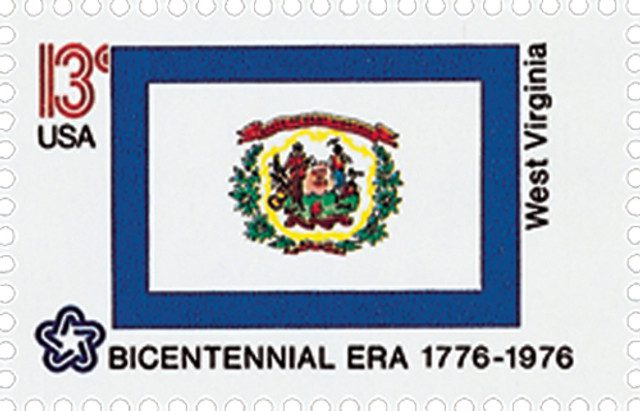
King James I granted the colony of Virginia to the Virginia Company of London in 1606. Virginia was defined as running from South Carolina to Virginia, and extending westward and northwestward indefinitely. A German doctor and explorer, John Lederer, was probably the first Virginian to enter today’s West Virginia. His expedition reached the crest of the Blue Ridge Mountains in 1669. Thomas Batts and Robert Fallam led another expedition into the area in 1671.
Morgan Morgan is believed to be the first European to settle in West Virginia. Around 1731, Morgan built a cabin at Bunker Hill. Germans from Pennsylvania came to the region searching for greater religious freedom. They established a settlement in 1727, called New Mecklenburg – today’s Shepherdstown. Other settlements soon followed.
The colonizers built blockhouses and forts to protect themselves from Native American attacks. These centralized buildings formed the beginnings of many towns and cities, such as Fort Henry (today’s Wheeling), Fort Lee (today’s Charleston), and Fort Randolph (today’s Point Pleasant). In 1768, the Iroquois and Cherokee signed treaties and relinquished their claims to these lands. By 1775, 30,000 whites lived in West Virginia.
Although it was part of Virginia, the settlers in what is today West Virginia were separated from the rest of the colony by the Allegheny Mountains. The people in the west had a much different way of life than the wealthier people in the east. Also, the people in the west received less representation in the government. As early as 1776, this area had begun to demand its own government, but this effort stalled during the Revolutionary War. Between 1777 and 1782, Native American forces led by British officers invaded West Virginia, but were never successful in taking land.
Differences between eastern and western Virginia became even greater during the 1800s. The more affluent, slave-owning eastern majority opposed the public projects of the poorer farmers and industrialists that were proposed in the West. Even the routes of trade were different for the two areas. The eastern portion of the state sent their goods to the Atlantic for transport. In the West, goods were sent to the Mississippi River.
Just before the start of the Civil War, the famous abolitionist, John Brown, captured the US arsenal at Harper’s Ferry in western Virginia. Brown hoped to start a slave revolt. This action flamed the already intense debate over slavery in the state and across America.
After the Civil War started in South Carolina on April 12, 1861, Virginia formed a state convention to decide which side to join. The convention voted for secession on April 17, 1861. However, most of the counties in the west sided with the Union. These counties declared their independence and formed the Restored Government of Virginia. In August, these counties formed the state of Kanawha, from a Native American word meaning “white stone” – due to the region’s salt deposits. By November, a state constitution was prepared, and the name for the proposed state in this document was West Virginia. In April 1862, the people adopted the Constitution. After submitting the admission application to the federal government, Lincoln approved it, on the condition that they gradually abolish slavery. They revised the constitution and resubmitted it in 1863. President Lincoln approved it, and West Virginia achieved statehood on June 20, 1863.
When West Virginia became a state, it had a population of about 380,000. About 15,000 of these people were enslaved. Wheeling served as the state capital, and Arthur I. Boreman became the first governor. The state supplied about 30,000 men for the Union army. About 8,000 men joined the Confederate army. During the early stages of the war, a great deal of fighting took place in West Virginia. After several defeats, the Confederates gave up on trying to hold this territory. However, they did continue to stage raids to steal goods such as food and salt, which were badly needed for the war effort. When the war ended, Virginia asked West Virginia to reunite, but West Virginia refused.
Railroads were completed through the state shortly after the Civil War. The railroads enabled the region’s main natural resources, minerals and timber, to be transported to distant markets. This made them much more profitable, and the economy grew rapidly.
Large numbers of immigrants were hired to work as miners between 1860 and 1920. Wages were very low and working conditions were terrible. These workers attempted to form unions to improve their lot. During the 1920s, labor troubles became heated. Riots erupted many times, and federal troops were used to quiet the uprisings. As a result, the United Mine Workers of America union, which had 45,000 members in 1920, suffered a dramatic decrease in membership. After the National Recovery Administration (NRA) was created in 1933, part of President Franklin D. Roosevelt’s New Deal, many miners came back to the union. Under this act, miners received better pay, shorter hours, and improved working conditions.
West Virginia’s economy thrived during World War II. Its mines and factories produced coal, steel, chemicals, and other essential supplies for the war effort. After the war, during the 1950s, the state went into a period of economic decline. Between 1950 and 1960, its population fell 6%. It lost another 5% during the next decade. Most of the people leaving were young, and many of the older people who remained relied on public assistance.
The nationwide oil shortages of the 1970s meant big business for West Virginia’s coal mines. For a time, it seemed the state’s future was secure as a supplier of inexpensive fuel. However, during the 1980s, oil prices dropped, and the coal industry became much less profitable. Nearly a sixth of West Virginia’s population was unemployed. The state’s population was reduced by another 7.5% between 1980 and 1990. Since then, the population has remained relatively stable. Today, state officials are working to attract new industries. New highways have opened parts of the state for development. New focus has been placed in generating manufacturing jobs, service industries, and tourism.
| FREE printable This Day in History album pages Download a PDF of today’s article. Get a binder or other supplies to create your This Day in History album. |
Discover what else happened on This Day in History.

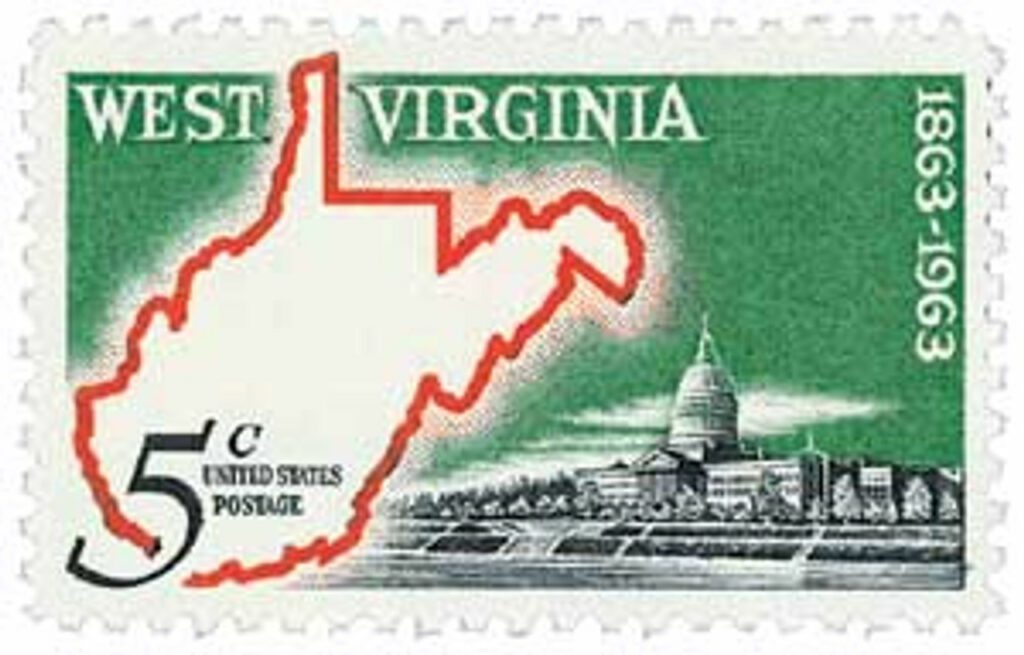
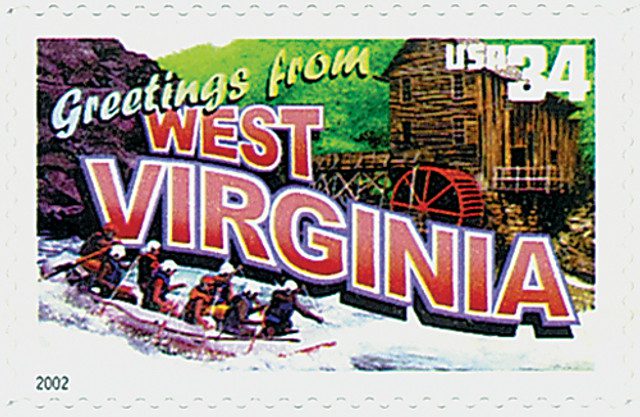
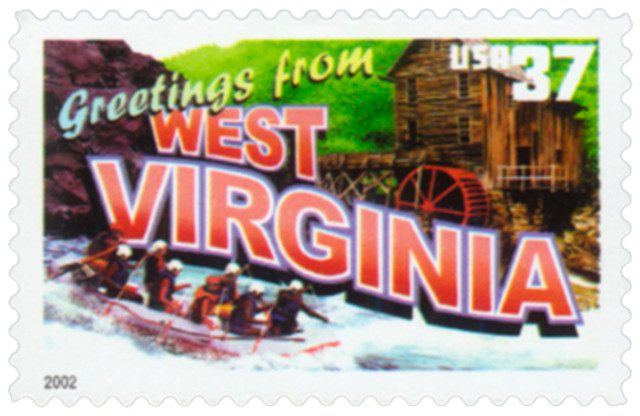

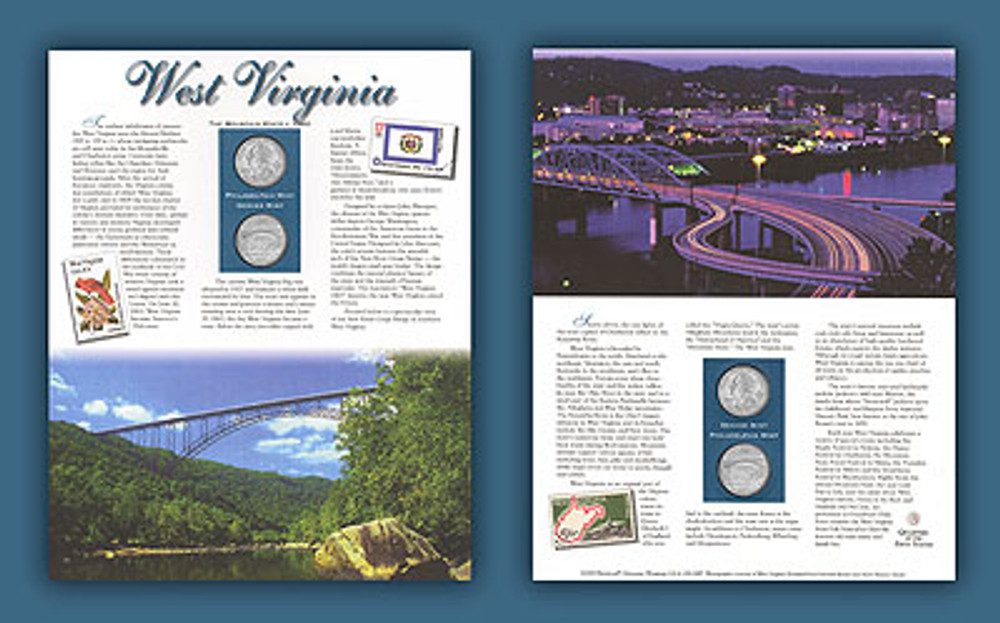
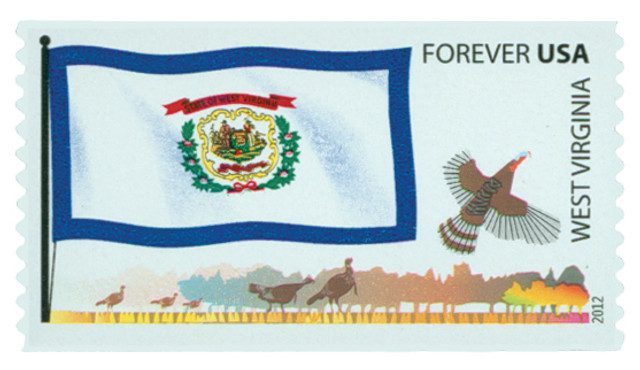
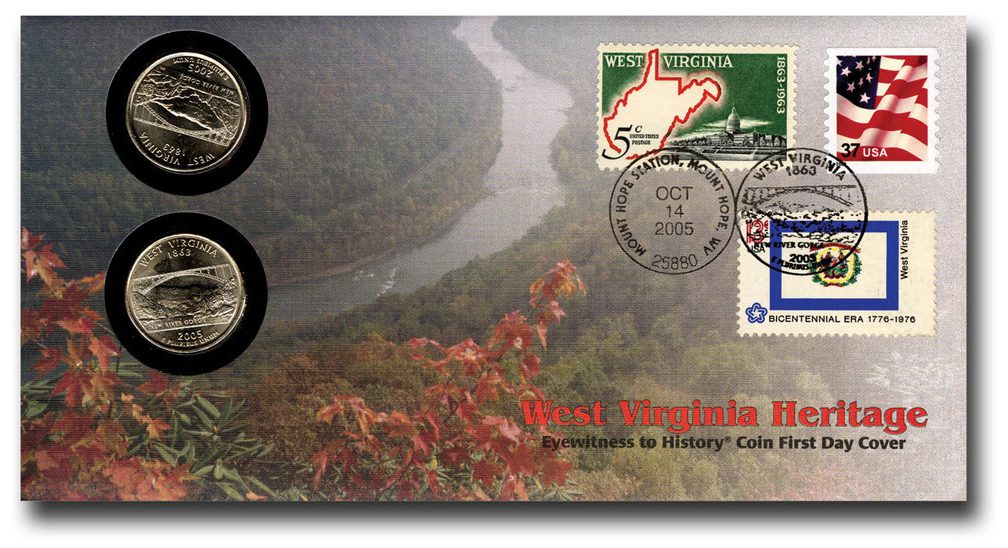

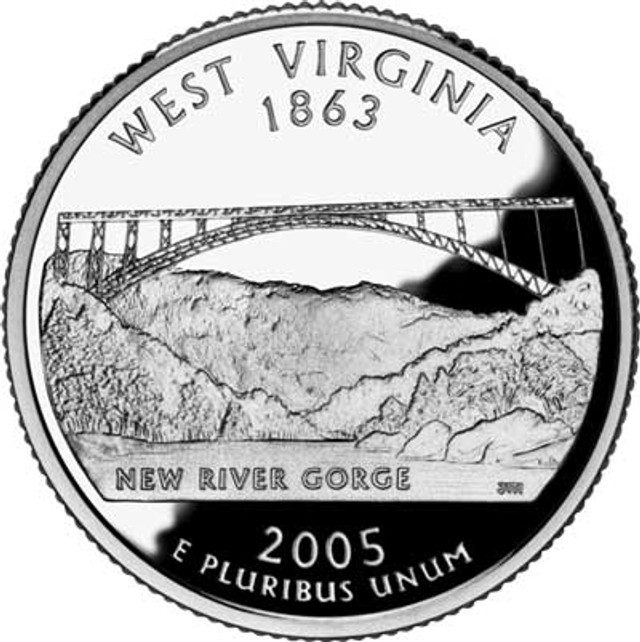
Very interesting article about the state of West Virginia.
Very interesting
I did not know very much sbout the origins this state and I learned quite a bit. Great article for me.
I read every article with great interest.Thankyou.
Many West Virginians moved into our area after WWII. A neighbor that hailed from Virginia proper, would correct anyone that thought she was West Virginian born. 100 years after the Civil War, she was still upset about the state split.
My husband and his family came to IN from WVA in the 60’s because of lack of work (coal mining). John always said he was from West By God Virginia. Might of been poor back there but still proud.
Very informative about a little known state!
Excellent history of my birth state.
Let’s go Mountaineers
A very interesting article. West Virginia is my birth state but I now am a transplanted Texan.
Another fantastic history lesson. Born and raised in the Carolinas, I never knew very much about West VA except that it was a beautiful State. I enjoyed and really appreciate this article which in detailed and teaches me much more about another GREAT American State … and I am a very proud American citizen !